I have this:
<table border="1" cellspacing="1" cellpadding="0">
<tbody>
<tr><th class="align-left" style="text-align: left;">Name</th><th>Type</th><th>Size</th><th>Values</th><th>Description</th><th>Attributes</th><th>Default</th></tr>
<tr>
<td>E-mail</td>
<td>text</td>
<td>60</td>
<td>test@test.com</td>
<td> </td>
<td>M</td>
<td>test@test.com</td>
</tr>
<tr>
<td>Phone</td>
<td>text</td>
<td>20</td>
<td>01-250 481 00</td>
<td> </td>
<td> </td>
<td> </td>
</tr>
</tbody>
</table>This is how the code looks like:
I want to pull out the information from (values) based on the left from (name) with regex/regexp but I don't know if this is possible...
For example, I want to search for "phone" and get "01-250 481 00"
What do you think?
